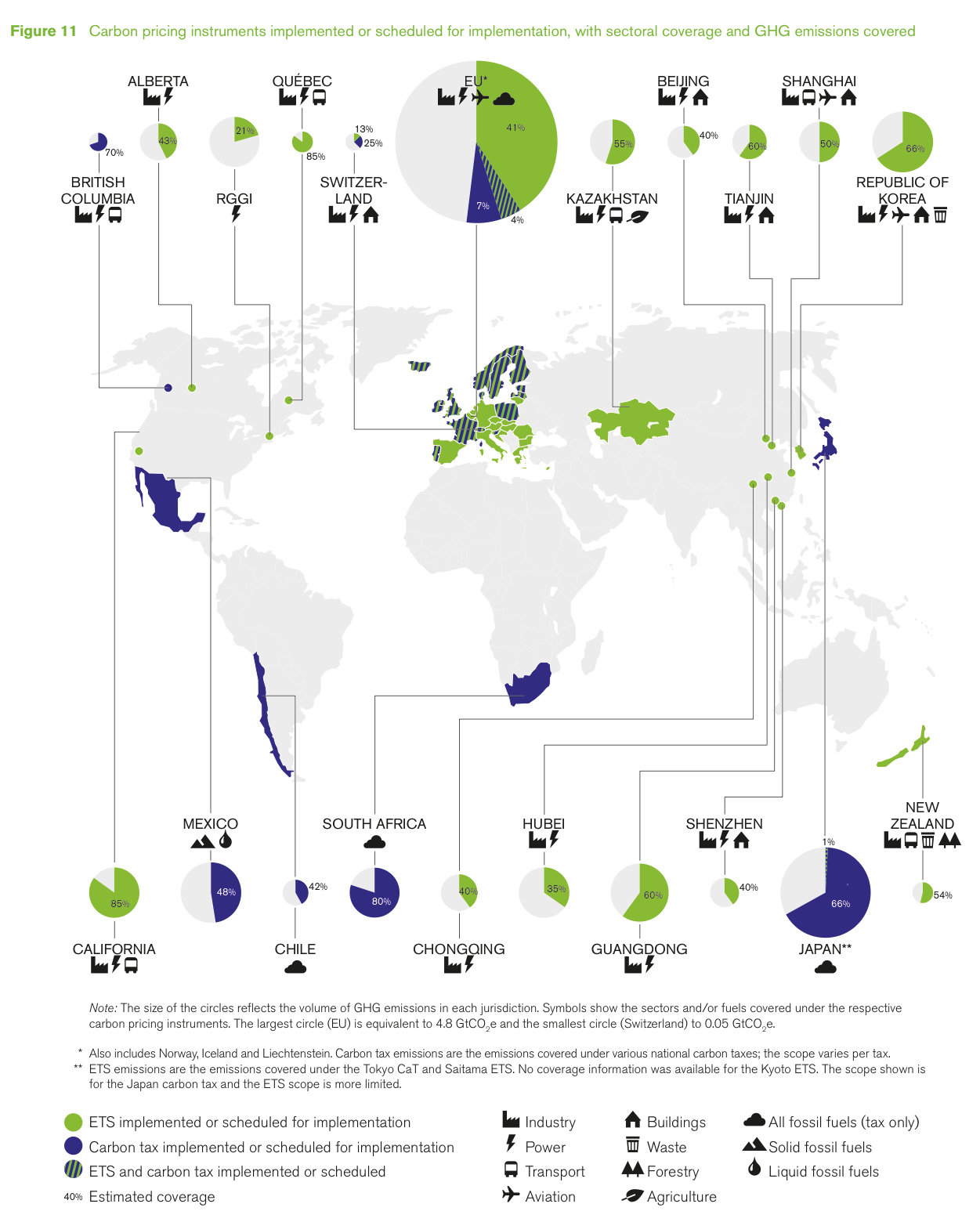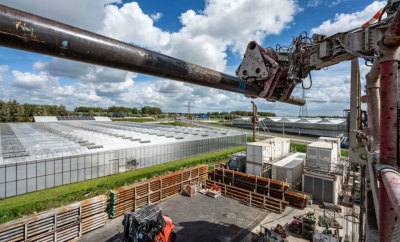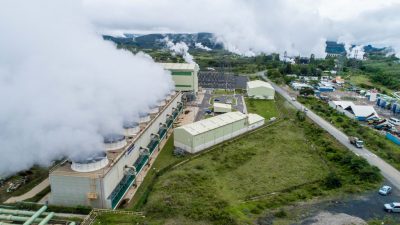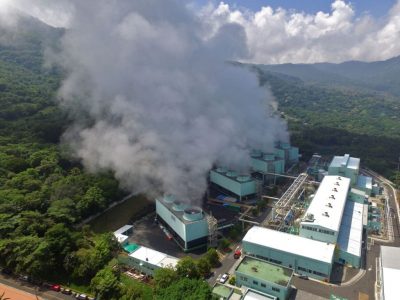World Bank Blog on carbon pricing and its implementation
A recent blog on the website of the World Bank discusses carbon prices and provides a great graphical overview on carbon price implementation schemes in the world.
A recent blog post on the website of the World Bank, discusses carbon prices and provides a great graphical overview on carbon price implementation schemes in the world.
In the article, the author describes two reports recently released by the World Bank on carbon pricing.
“The State and Trends of Carbon Pricing 2015 report shows that Europe is no longer alone in pricing greenhouse gas emissions. Several national and sub-national jurisdictions – from the US, China, Canada, Japan and the Republic of Korea to Chile and South Africa – have followed suit and often charge higher prices for a broader range of emissions than the European Union.
Covering about 12 percent of global CO2 emissions, carbon pricing instruments are yet to become the “new normal” in the world’s economic landscape, but clearly they are no longer in their infancy.
The second report, FASTER Principles for Successful Carbon Pricing report, released this week by the World Bank Group and the OECD summarizes what has worked well in the existing carbon pricing systems and what has been a challenge. The FASTER principles do not aim to identify the best practice or to tell governments how policies should be designed and implemented. They don’t advocate for any specific carbon price.
?Instead of being prescriptive, the report simply pulls together the key lessons learned from the collective wisdom of carbon pricing practitioners and researchers from around the world. The document lays out six key principles, which has made carbon pricing initiatives successful.”

Probably the most valid principle he describes as Fairness. Carbon prices, “level the playing field between firms; they support social justice, especially by reducing income disparity; and they allow the fair and smooth transition of workers from emission intensive sectors, which are expected to shrink as the economy goes green, to the more efficient and innovative “cleaner” businesses. Economic fundamentals also suggest that the fairness of carbon prices lies in the fact that they shift the burden of the damage caused by harmful emissions from those who suffer from it to those who are responsible for it.”
Putting a price on carbon emissions simply provides that level playing field that current incentives for fossil fuel energy use block. For geothermal and other renewable energy technologies it would be helpful were there a price on carbon.
For the full article use link below.
Source: Blog World Bank


















